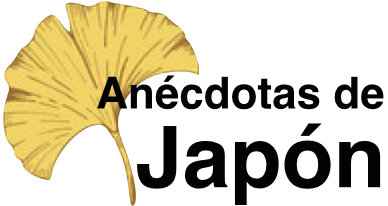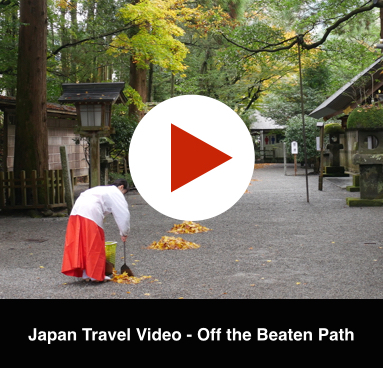<< Read part one, my first day in Takachiho!
I opened my room’s curtains to see the mist from the day before had almost fully cleared, the sun shining over the mountains and promising a good day ahead.
On the schedule for the day was Amano Iwato Shrine and little else, so off I headed to the bus terminal. I thought Amano Iwato could be quite popular later in the day so the earlier I arrived, the better.
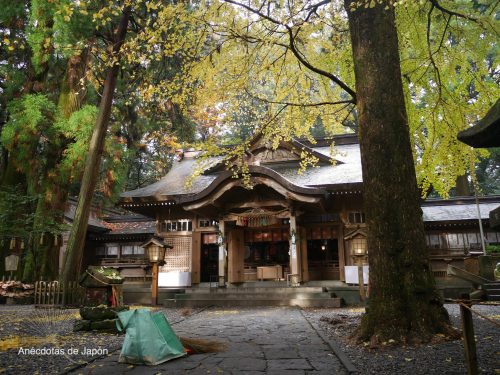
Takachiho shrine during the day.
I was admittedly still half asleep, Takachiho is a pretty laid-back town and I hadn’t managed to wake up on my way to the bus stop, so I didn’t notice the scenery much on the way to the shrine. But I stretched as I arrived and was soon ready for some sightseeing, enjoying the morning routine of the shrine.
Two shrine workers had been busy sweeping up all the new leaves that had fallen during the night.
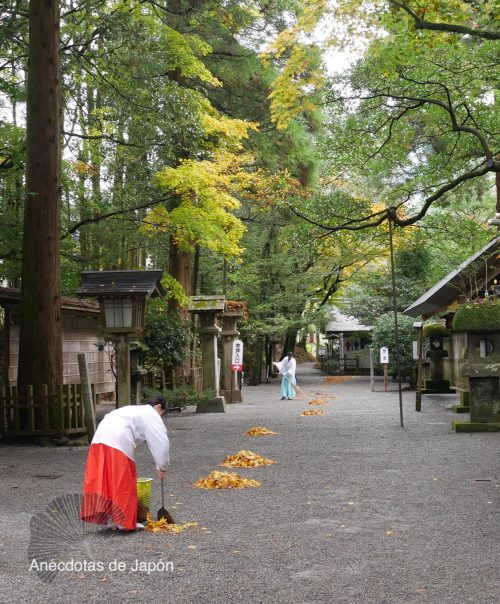
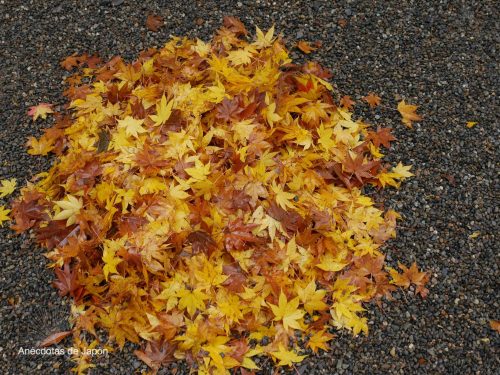
Behind Amano Iwato is a trail leading down to a gorge and, after a short but gorgeous walk by the river, is Amano Yasukawara Shrine.
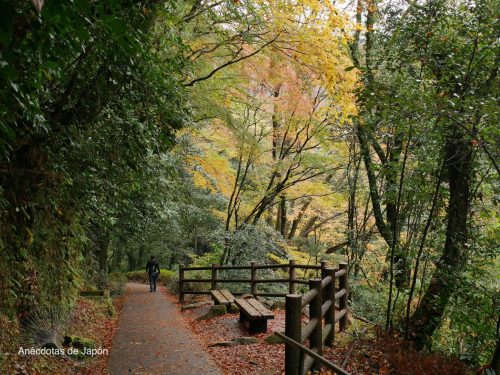
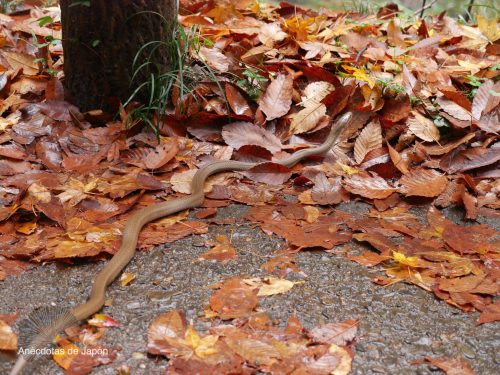
Snakes in Kyushu are a bit lazy! Whenever I’ve come across a snake on the mainland they’ve seemed quite aggressive, jumping towards me with fangs bared, but the three I’ve seen in Kyushu have all been very calm.
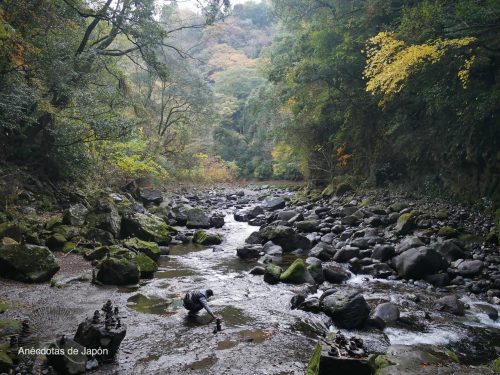
Wildlife encounters aside, I think it’s about time I explain a bit about Takachiho’s backstory, why it is considered so important in Japanese mythology. The kagura show I’d seen the night before explains the story of Amaterasu:
Susanoo, a god of Japanese mythology, is known to have a bit of a temper. One time he destroyed his sister Amaterasu’s lands out of jealousy and caused her to flee and hide in a cave. She took with her the light from the world, for she is the Sun Goddess. With the earth in darkness, the land soon became infested with demons and evil; people came from far and wide to try and get Amaterasu to return and shed her light once again. After many attempts to convince Amaterasu to leave the cave, it was Uzume who finally managed. She hung a mirror and jewels (two of the three Imperial Regalia of Japan) outside the cave and danced — the cheers of the other people made Amaterasu peek outside to see what was worth so much noise… when she saw her own reflection in the mirror she was startled and the others were able to pull her out of the cave. Uzume’s performance is said to be the origins of kagura dance. In fact, here in Takachiho is the cave where Amaterasu hid from her brother!
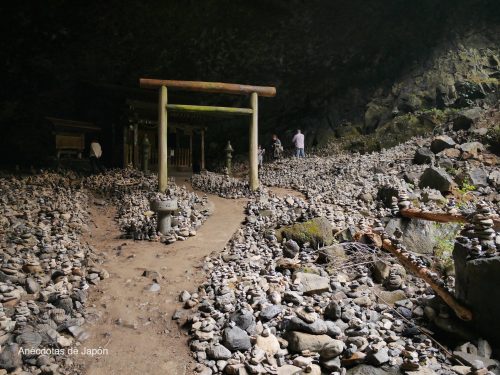
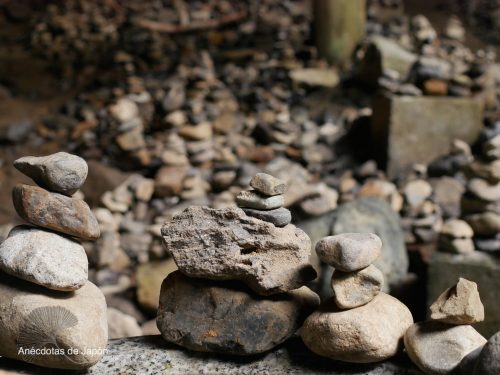
Amaterasu’s cave at the end of the gorge is truly one of Kyushu’s most impressive sites. Hundreds of stones, maybe even thousands, are piled one on top of the other and creates a mysterious and sombre atmosphere.
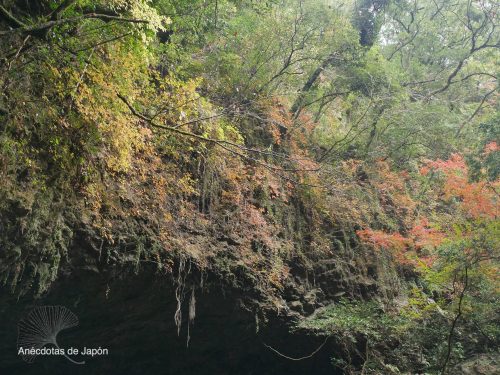
One of my favourite things when visiting shrines is spotting a mirror in an offering hall or as part of an altar. Today it’s an important symbol in Shintoism, representing a kami (god), but was born as a referance to the legend mentioned previously, the mirror hanging outside Amaterasu’s cave.
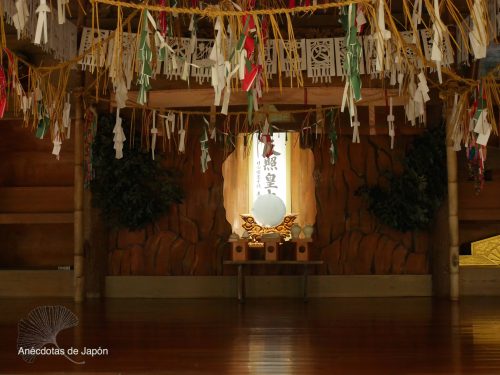
By the time I made it back to the bus stop, the timetable told me the next bus back to town had only just passed. I walked around the main shrine again to fill in some time and found a map. It recommended I visit another shrine ten minutes further down the road, so I took its advice and went to see what it had to offer. Takachiho has a lot of shrines!
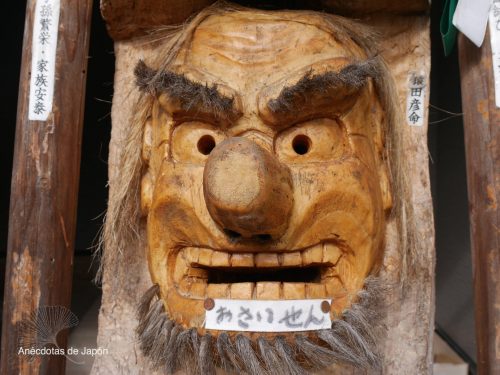
A very well-done tengu carving.
This secret shrine is known for its nine cedar trees in a line, but the other nature was also beautiful. A group of Japanese tourists were walking up the steps when I arrived and, excited to see a foreigner, they gave me some sweets!
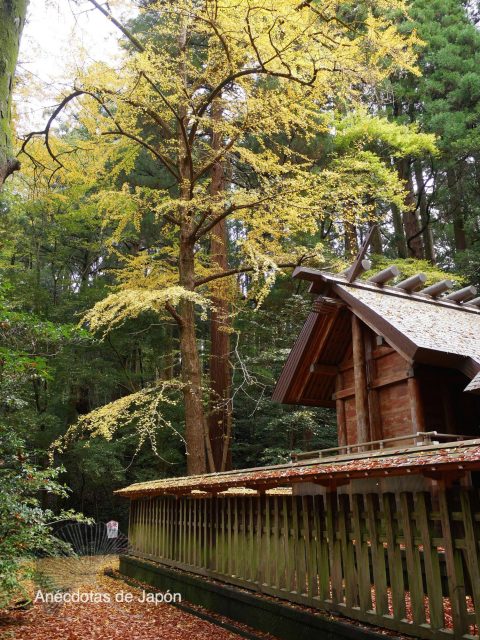
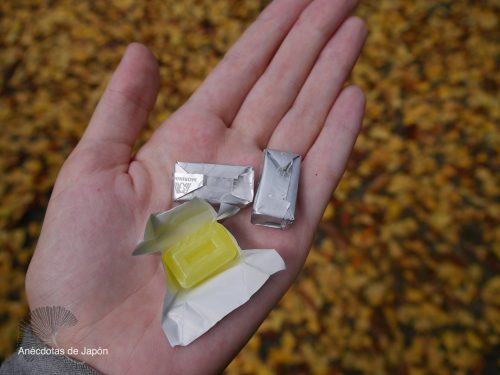
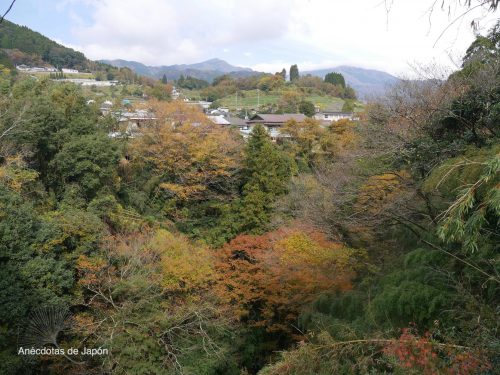
Because of my change of plans the day before and my early arrival to Takachiho, all the things I wanted to see were already successfully crossed off my to-do list. With an empty day ahead, I decided to walk back to town rather than take the return bus. I did enjoy the walk through the rice fields and countryside life, but I gave up after 45 minutes and stopped for lunch half way there instead. It was a restaurant specialised in tororo. The first time I tried tororo I thought it was made from egg white, but it’s actually yam.
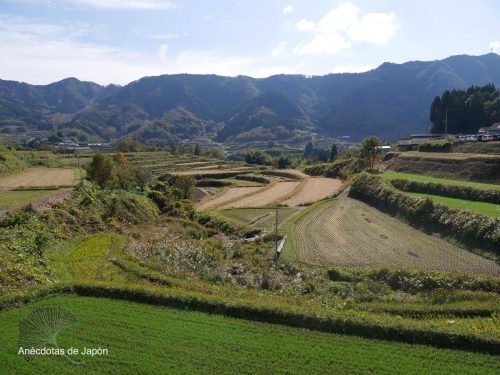
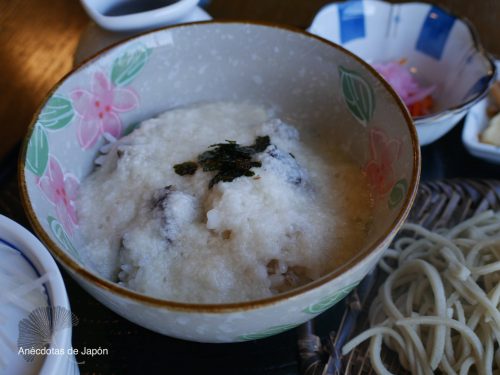
When I finally made it back to central Takachiho I stopped by the main gorge again, this time in better weather, as well as for a look around the farmer’s market.
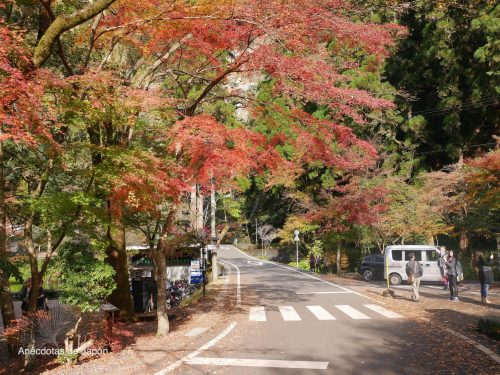
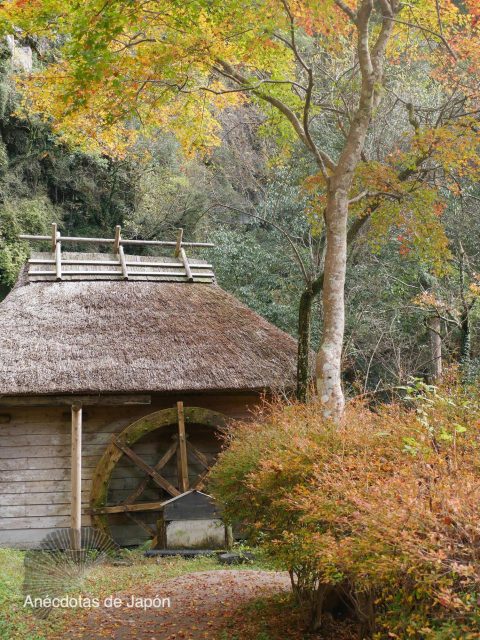
Takachiho is a town well worth visiting. Its nature is stunning at every turn, there are many delicious restaurants and plenty of culture. I’m glad I gave it two days rather than just one and, when I return to Takamori one day to complete my failed plans, I hope to stop by Takachiho again.
[/spb_text_block] [spb_text_block pb_margin_bottom=”no” pb_border_bottom=”no” width=”1/2″ el_position=”first”] [/spb_text_block] [spb_text_block pb_margin_bottom=”no” pb_border_bottom=”no” width=”1/2″ el_position=”last”] [/spb_text_block]
